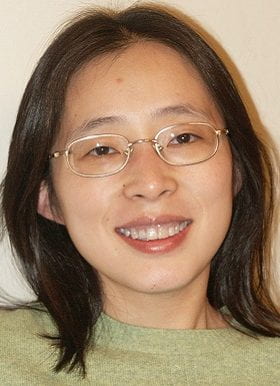
Yu-Qing Cao, PhD
Associate Professor, WashU Anesthesiology
- Phone: 314-747-4814
- Email: caoy@nospam.wustl.edu
Voltage-gated calcium channel, synaptic transmission and pathophysiology of migraine headache
Migraine is the most common neurological disease, affecting more than 10% of the general population. One of the major symptoms of migraine, the recurring headache, is highly debilitating, poorly understood and difficult to treat. Mutations in neuronal voltage-gated Ca2+ and Na+ channels as well as in Na+/K+ pump have recently been identified in patients afflicted with familial hemiplegic migraine (FHM), implicating that abnormal ion flux in neurons may be responsible for migraine attacks.
My research group studies the functional consequences of FHM mutations in P/Q-type Ca2+ channels. Using cultured hippocampal neurons as a model system, we have demonstrated that mutant Ca2+ channels are deficient in mediating neurotransmitter release compared with wild-type ones. In addition, synapses expressing mutant channels exhibit altered sensitivity to modulation by G-protein coupled receptors. We are now investigating the effects of these mutations on neuronal excitability, homeostasis as well as synaptic transmission in circuit mediating migraine headache. To address these questions, we use a multidisciplinary approach including molecular biology, electrophysiology, imaging as well as mouse genetics. In the long run, we seek to understand the contribution of voltage-gated Ca2+ channels to pain transmission and modulation in both normal and disease states.
Another area of interest is to investigate fundamental mechanisms underlying Ca2+ channel regulation of synaptic transmission. We have shown that P/Q-type Ca2+ channels occupy type-preferring ‘slots’ to mediate neurotransmitter release. We are currently exploring the molecular basis of Ca2+ channel-slot interactions using molecular biology in combination with immunohistochemistry. Efforts will be made to systematically search for domains on P/Q-type channel that contribute to its presynaptic targeting. On the other hand we seek to identify molecular composition of ‘slots’ through assays for protein-protein interaction.